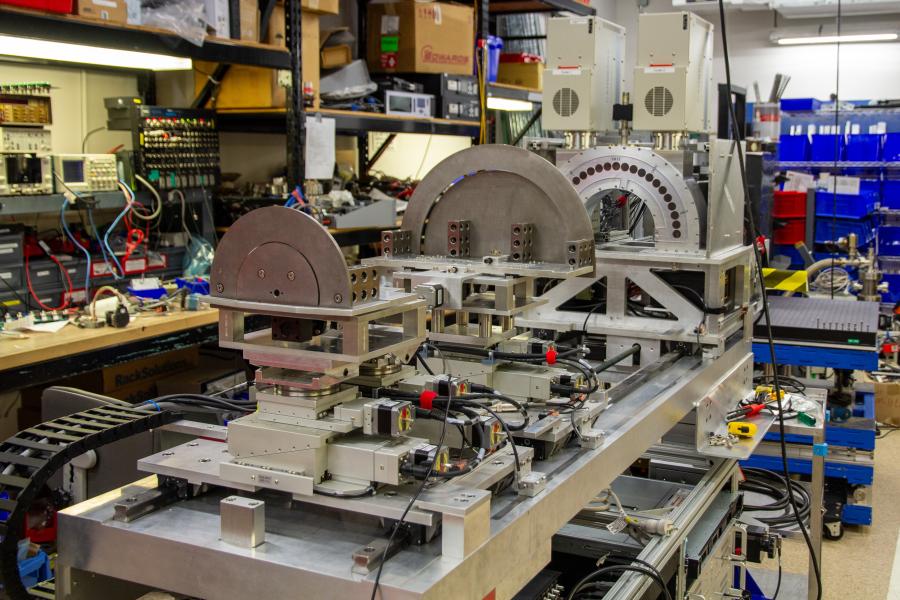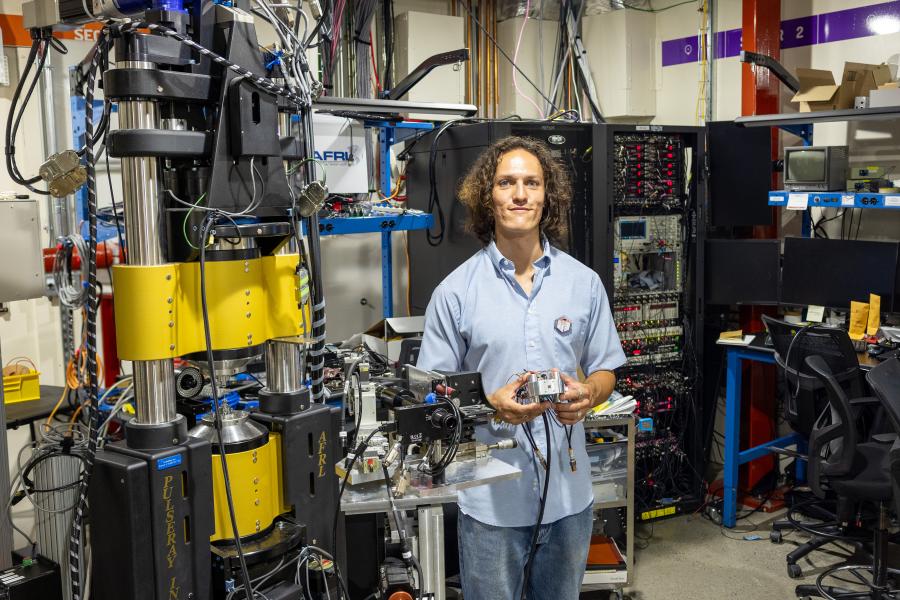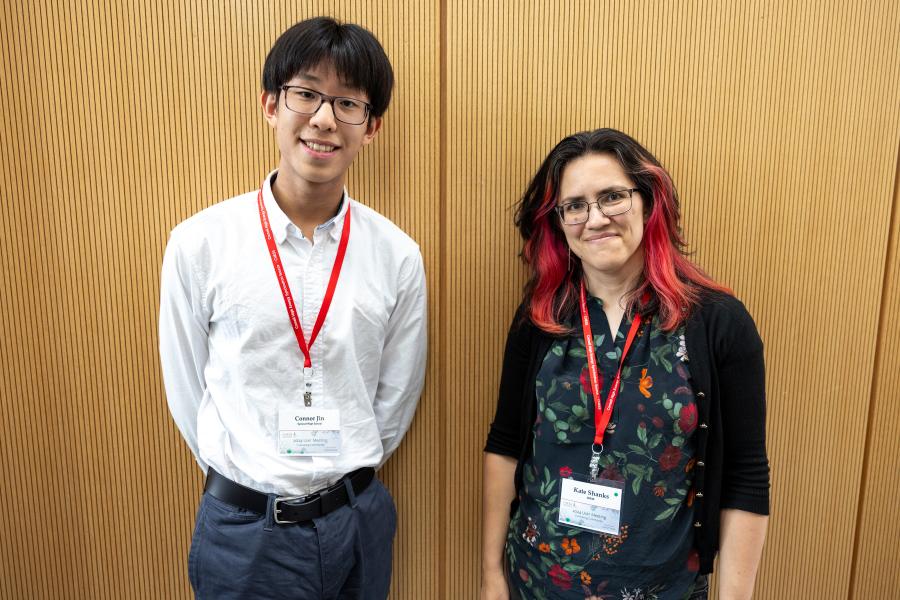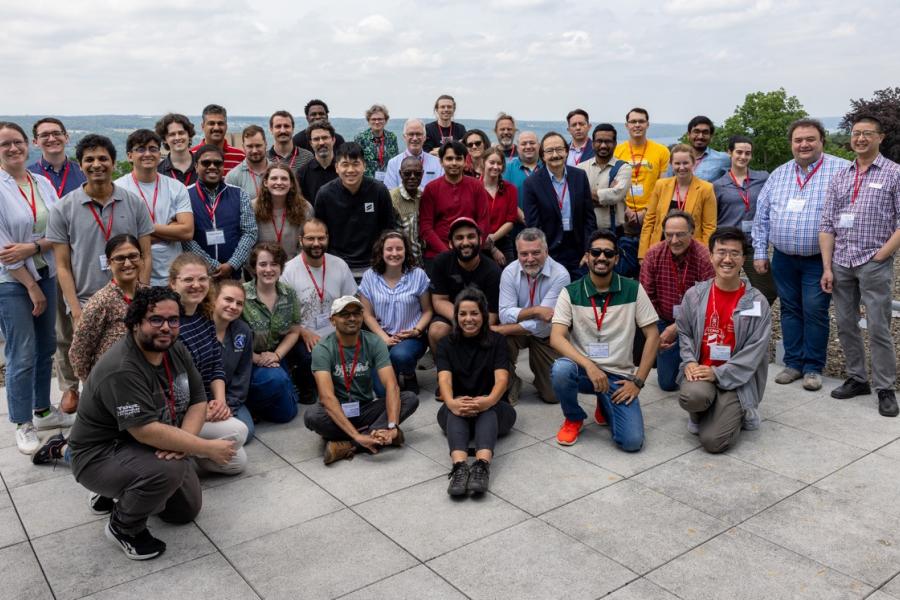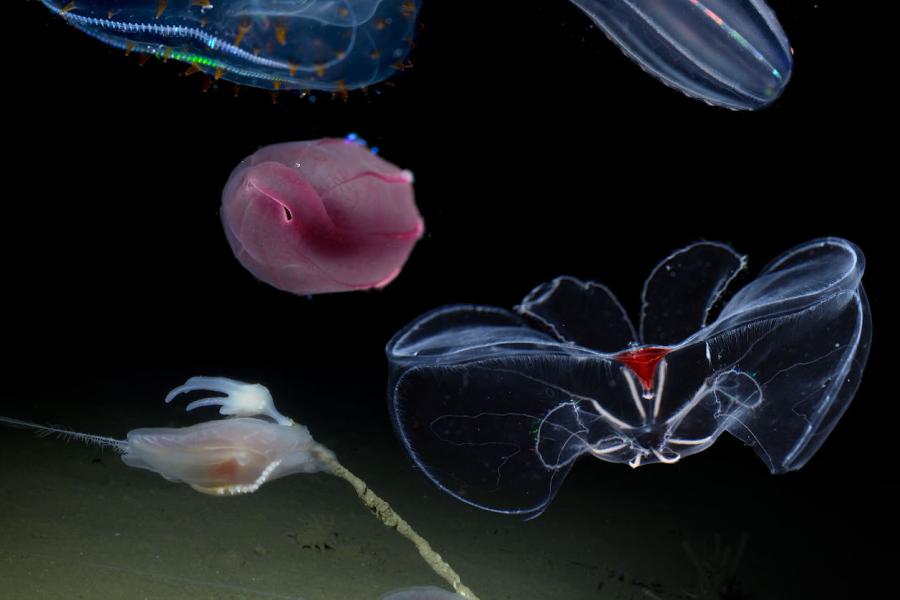Sidebar Menu (View Pages)
- Status
- ⌃ Science
- ⌃ Users
- ⌃ Facilities
- ⌃ Public
- Industry
- ⌃ About
Tags
Featured
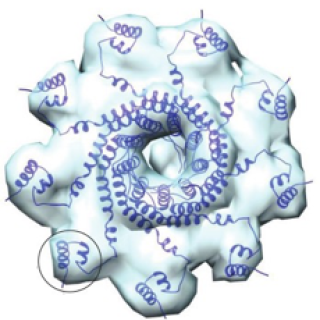
A virus recognizes the starting point on the DNA to be packaged inside its protein shell
A bacteriophage – a virus that attacks bacteria – assembles into an infectious species using a powerful nanomachine to stuff its DNA into a protein shell. In several types of phage, this genome packaging motor is composed of several copies of large and small terminase subunits (TerL and TerS, respectively) that attach to a portal into the protein procapsid.
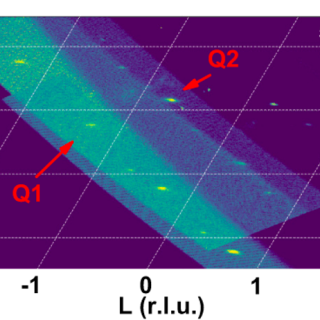
Incommensurate charge order in a low-dimensional superconductor
A team lead by Sara Haravifard from Duke University has conclusively and directly identified the subtle charge density wave phase in TPT emerging below 12K. The CDW couples to the superconducting transition and is suppressed by pressure at a critical point that maximizes the superconducting Tc. The promise of engineered high temperature superconducting materials, which could revolutionize computing, energy, and transportation industries, drives ongoing fundamental research into the interplay between SC and CDW order.

2021 CHESS Users' Meeting - Save the Date!
The 2021 CHESS Users' Meeting will take place on June 8/9, 2021 as a virtual meeting with plenary sessions, poster sessions and workshops held online and accessible for participants remotely.

Asking Good Questions - Outreach workshop leads to Critical Thinking
Florianna Blanton, outreach coordinator at CHESS, presented to a group of Cornell Graduate students on Wednesday, March 10. The virtual discussion highlighted the unique ways in which graduate students can perform outreach with teachers and k-12 students in the area.
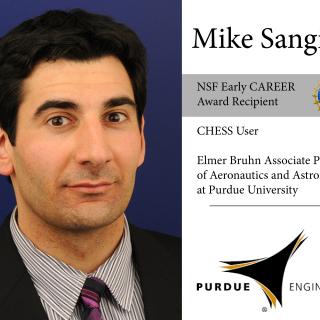
CHESS user examines material under thermo-mechanical loading - with goal to develop predictive material modeling
Residual stress can have a tremendous effect on the performance and overall lifetime of materials. To understand the lattice strains that result in these stresses, researchers at CHESS are able to probe their samples with high-energy X-rays while simultaneously exposing them to heat, strain, and pressure.

Quantifying Through-Thickness Residual Stresses from Forming of Wrought Steel Armor Plate
A recent effort has verified the capability of MSN-C to characterize Department of Defense-relevant parts with typical thicknesses, bend, and welded features. The results provide a baseline for further research by the DOD and industry partners to improve forming and welding processes.
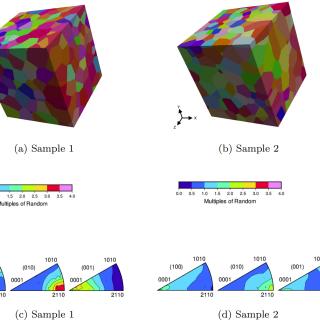
Grain-resolved temperature-dependent anisotropy in hexagonal Ti-7Al revealed by synchrotron X-ray diffraction
Synchrotron measurements of a titanium alloy reveal anisotropic coefficients of thermal expansion that would not be able to be seen with bulk measurements.
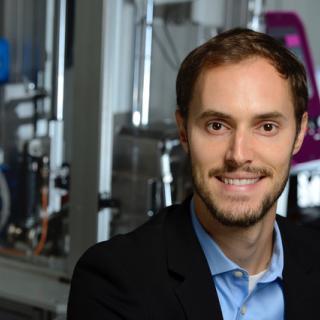
Q&A with Ryan Hurley, NSF Early CAREER Award Recipient
"The award allows me to plan long-term, to take risks in experiment design and execution, and to carefully integrate my teaching and outreach with my research."
Ryan Hurley, Assistant Professor at Johns Hopkins Whiting School of Engineering and Fellow of the Hopkins Extreme Materials Institute, is a recipient of the NSF Early CAREER Award, which recognizes early-stage faculty who integrate education with their promising research.

